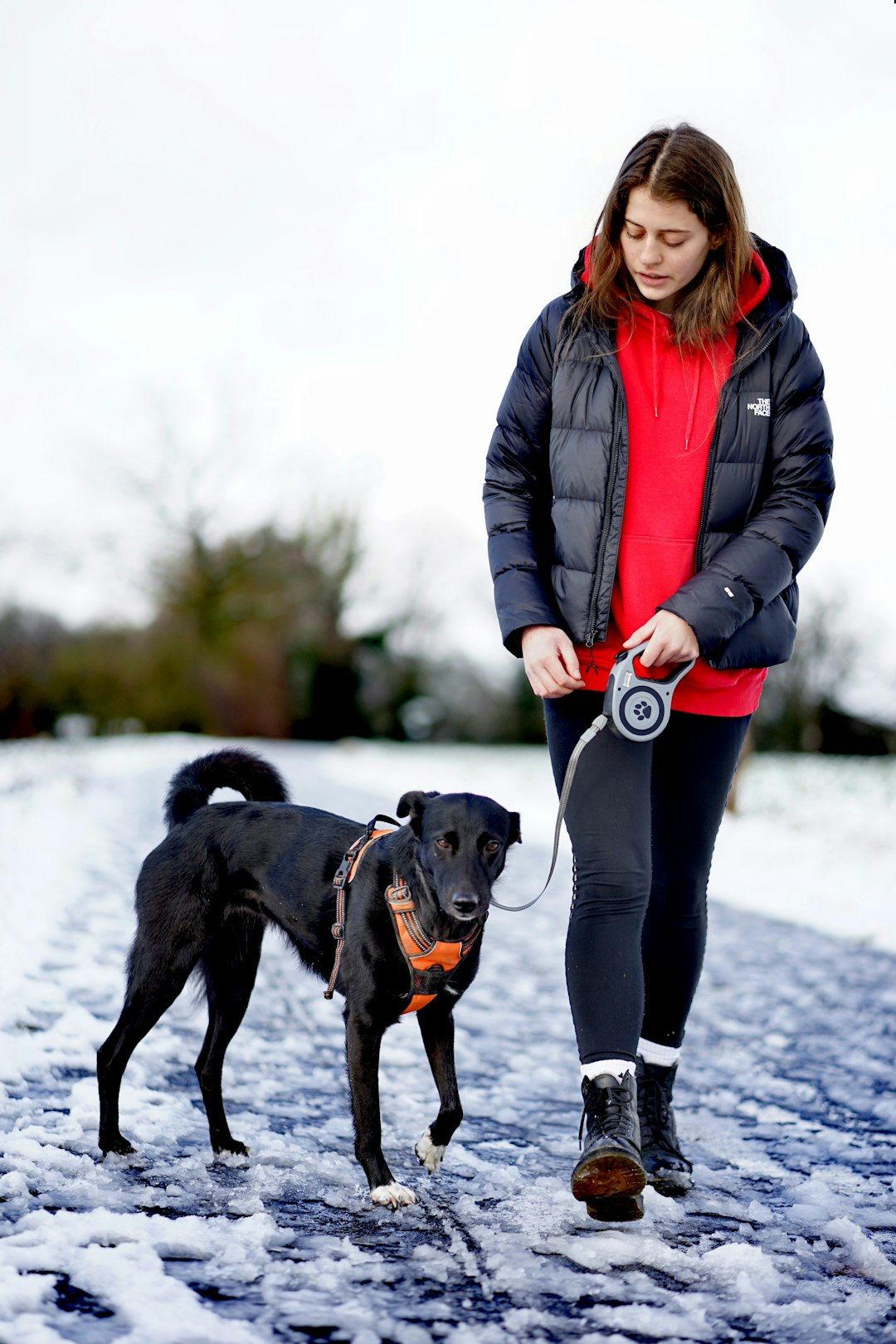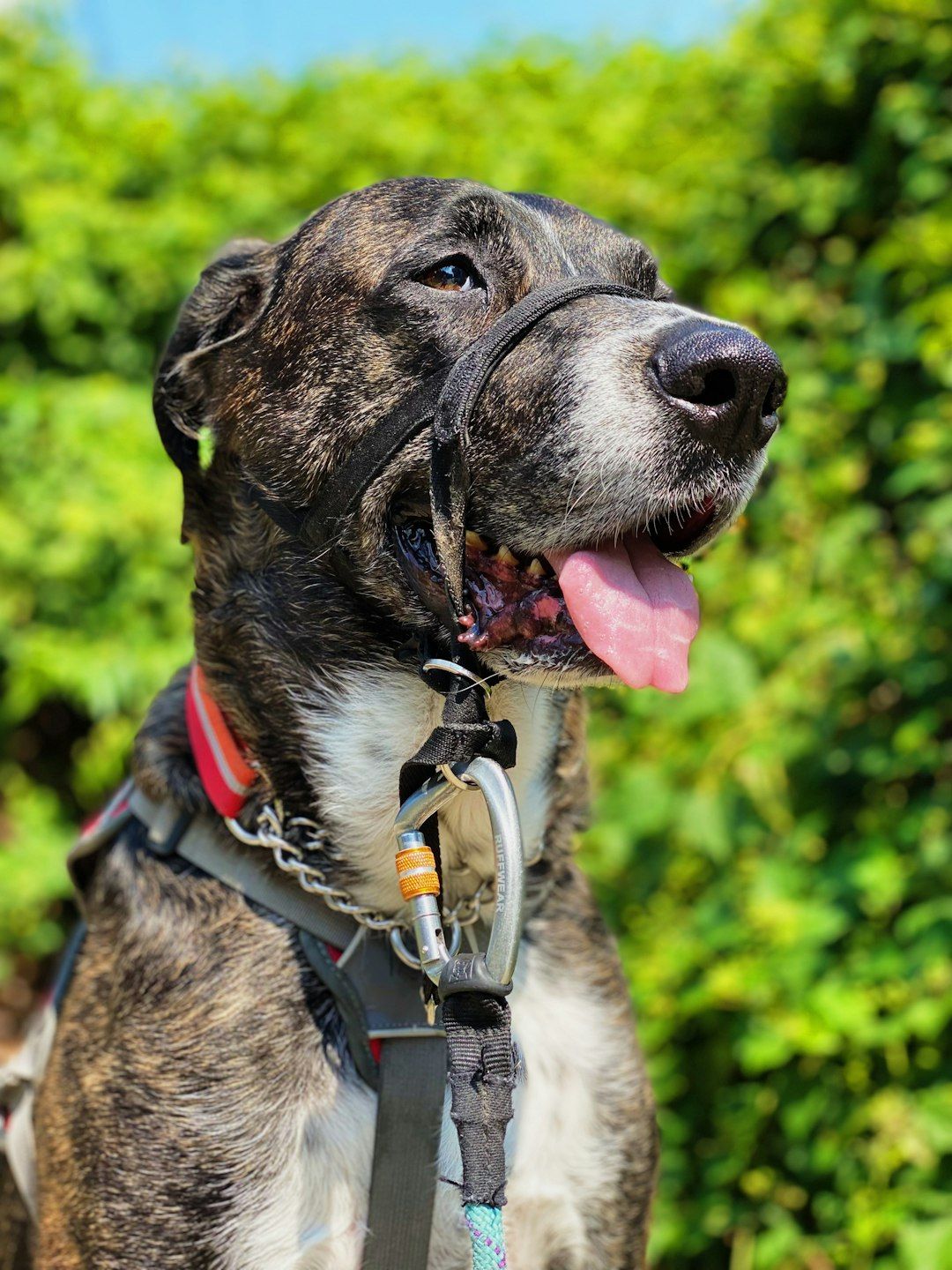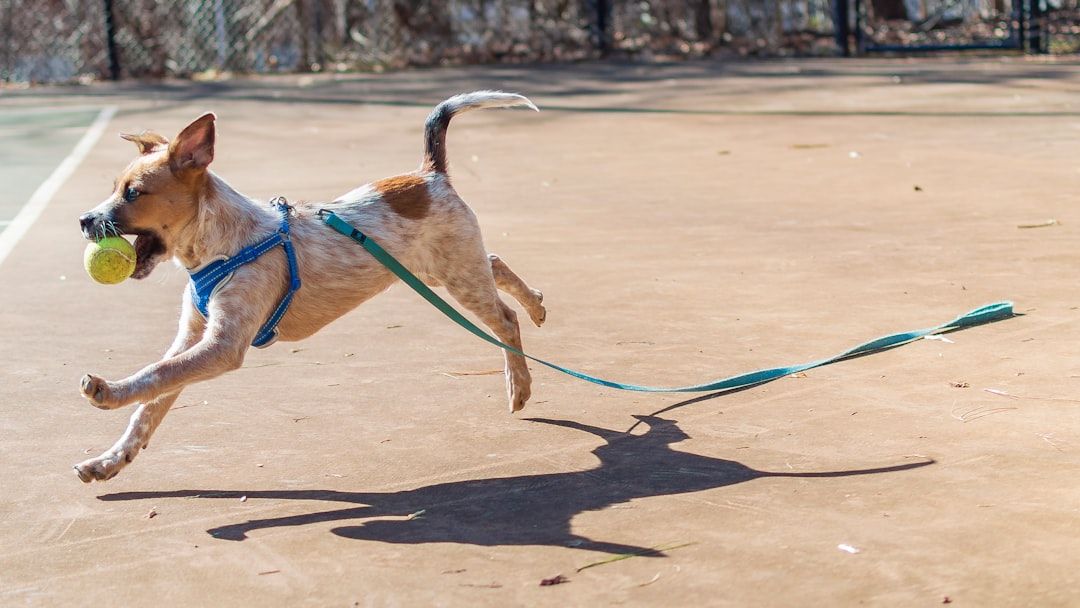Why Leash Training is Essential
As a dog owner, you have the responsibility to ensure that your furry friend is well-behaved and safe in public spaces. One of the most important aspects of this responsibility is proper leash training. Leash training not only keeps your dog under control but also helps in fostering a strong bond between you and your pet. In this blog post, we’ll explore the importance of proper leash training and provide some tips on how to effectively train your dog.

Benefits of Leash Training
Leash training offers numerous benefits for both you and your dog. Some of these include:
- Safety: A well-trained dog on a leash is less likely to run into traffic, approach other dogs or people inappropriately, or get lost.
- Control: Proper leash training allows you to maintain control of your dog in various situations, such as when encountering other dogs, wildlife, or distractions.
- Reduced stress: A dog that understands and respects the leash will be more relaxed and less anxious during walks, making the experience more enjoyable for both of you.
- Improved behavior: Leash training teaches your dog to pay attention to you and follow your commands, which can lead to better overall behavior.
Choosing the Right Leash and Collar
Before you begin leash training, it’s essential to choose the right equipment. A standard 4-6 foot leash and a flat collar are ideal for most dogs. However, if your dog is prone to pulling or has specific training needs, you may want to consider a front-clip harness, head halter, or other specialized equipment. Consult with a professional dog trainer or your veterinarian for guidance on the best options for your dog.

Starting with the Basics
When beginning leash training, it’s crucial to start with the basics. Here are a few essential steps to follow:
- Introduce the leash and collar to your dog in a calm, positive manner. Allow them to sniff and explore the equipment before putting it on.
- Begin training in a familiar, low-distraction environment, such as your backyard or living room.
- Teach your dog to walk by your side, with the leash loose and relaxed. Reward them with treats and praise when they maintain this position.
- Gradually increase the level of distractions and practice in various environments to help your dog generalize the behavior.
Addressing Common Leash Training Challenges
During the leash training process, you may encounter some common challenges, such as pulling, lunging, or chewing on the leash. It’s essential to address these issues early on to ensure a successful training experience. Here are some tips for dealing with these challenges:

Pulling
If your dog pulls on the leash, stop walking and wait for them to return to your side. Reward them when they do and resume walking. This teaches your dog that pulling will not get them where they want to go.
Lunging
If your dog lunges at other dogs or distractions, redirect their attention back to you using treats, toys, or vocal commands. Reward them for focusing on you and maintaining a loose leash.
Chewing on the Leash
If your dog chews on the leash, redirect their attention to a more appropriate object, such as a chew toy. You may also want to consider using a chain leash or applying a taste deterrent to the leash to discourage chewing.
Seeking Professional Help
If you continue to struggle with leash training or encounter specific challenges, don’t hesitate to seek the help of a professional dog trainer. They can provide personalized guidance and support to help you and your dog achieve a successful leash training experience.
In conclusion, proper leash training is an essential aspect of responsible dog ownership. It ensures the safety and well-being of both you and your dog while fostering a strong bond between you. With patience, consistency, and the right techniques, you can help your dog become a well-behaved and enjoyable walking companion.



